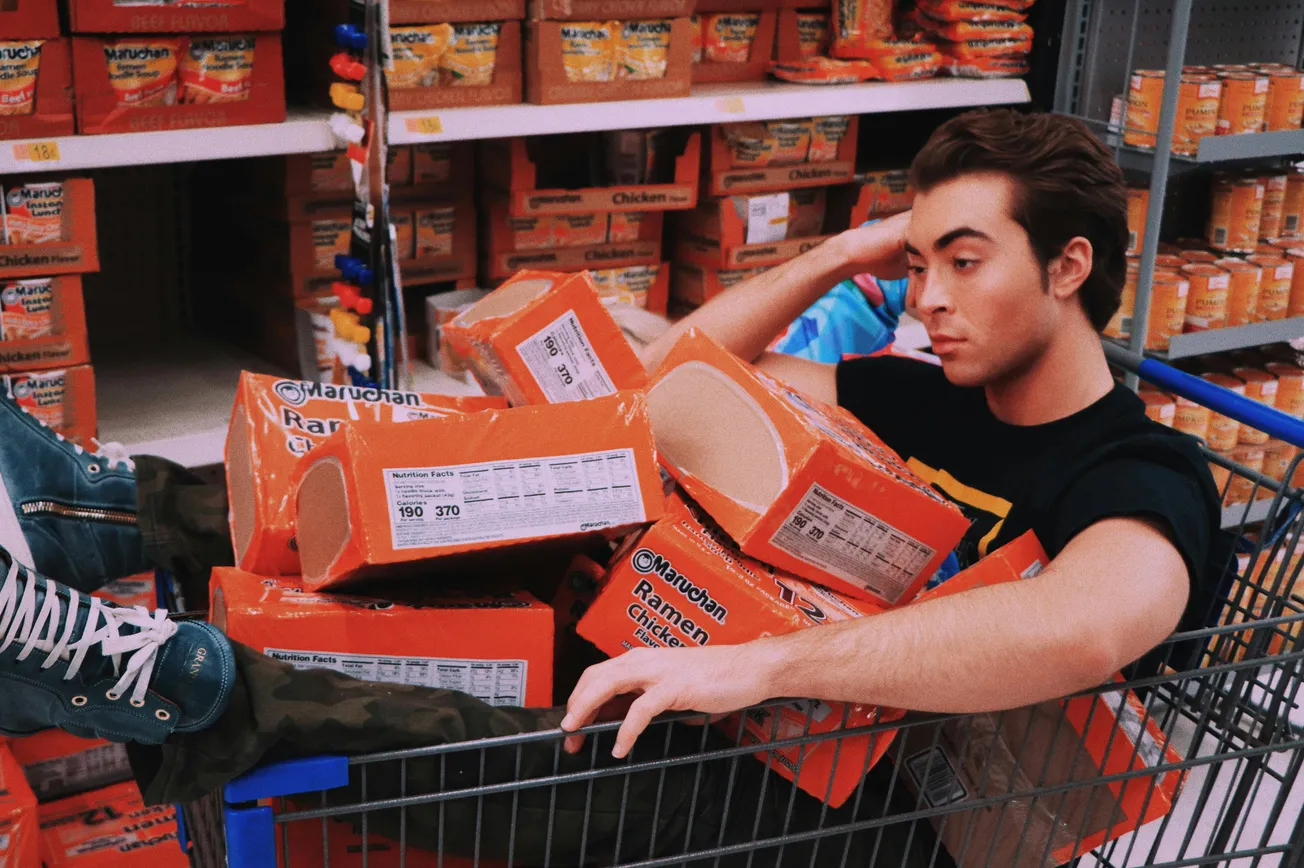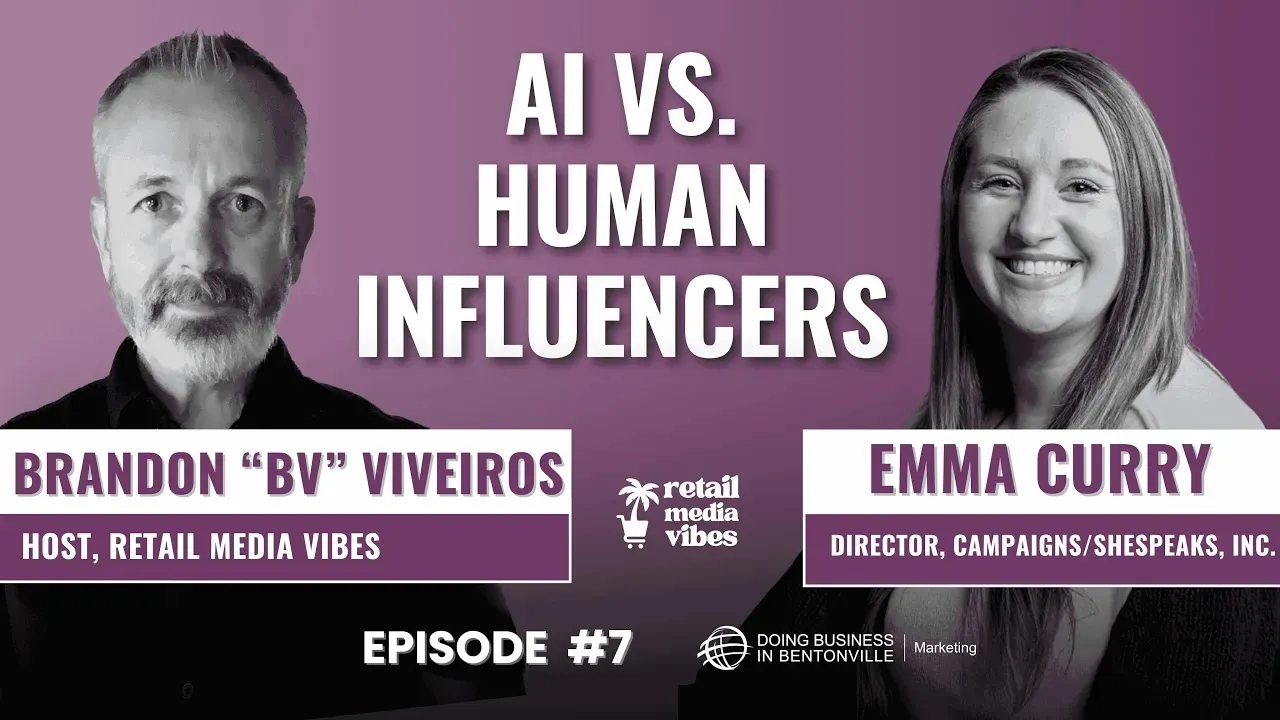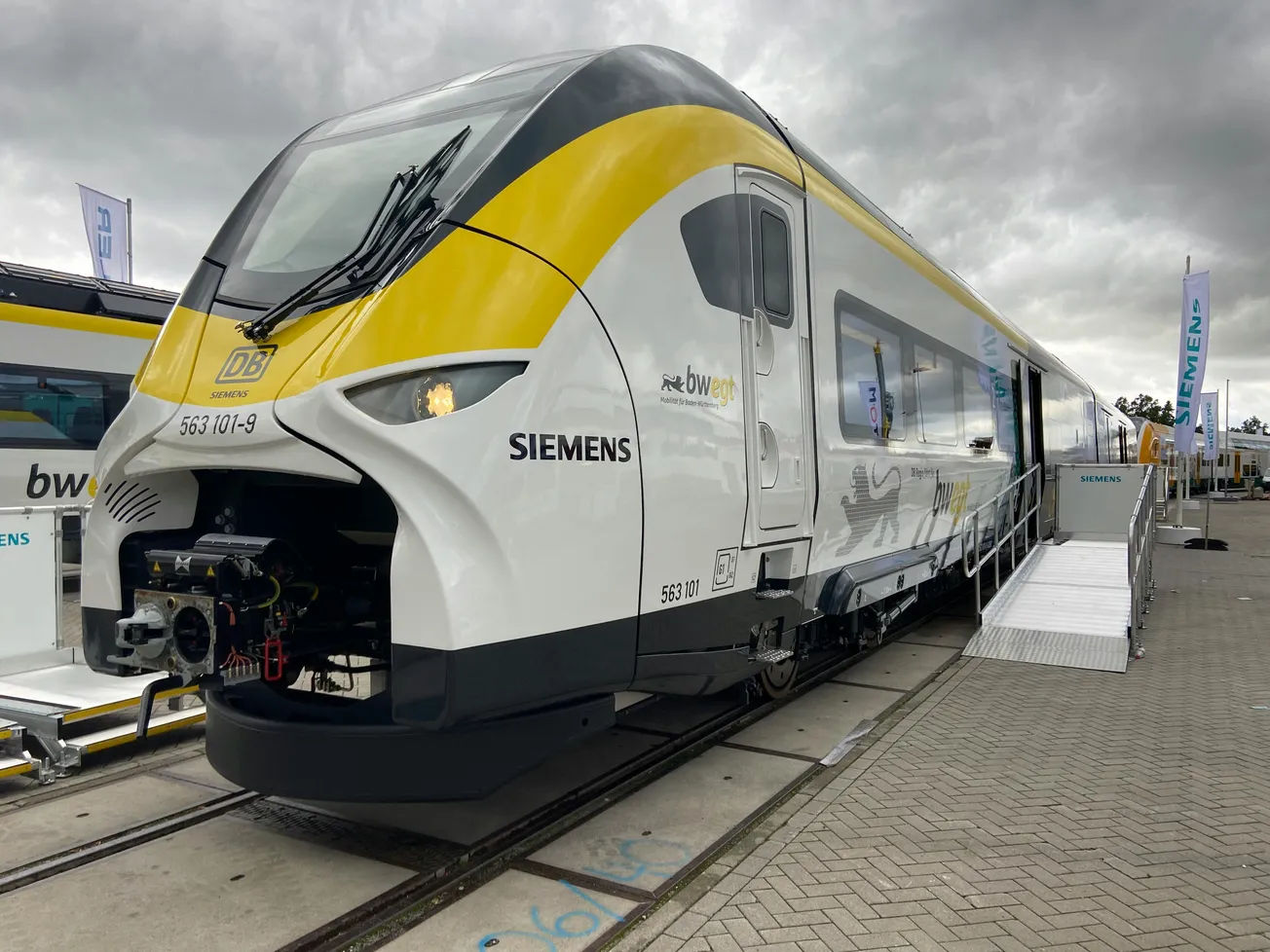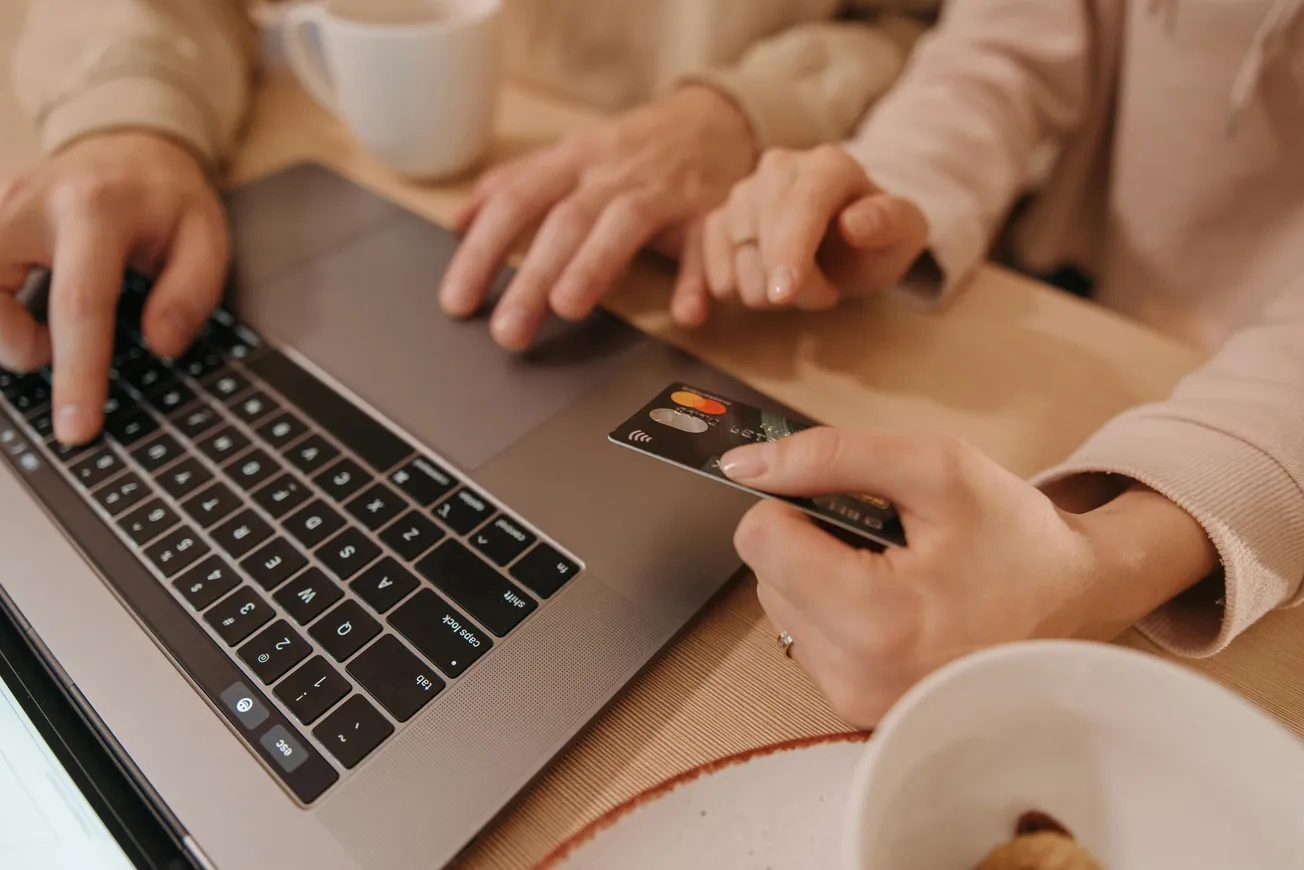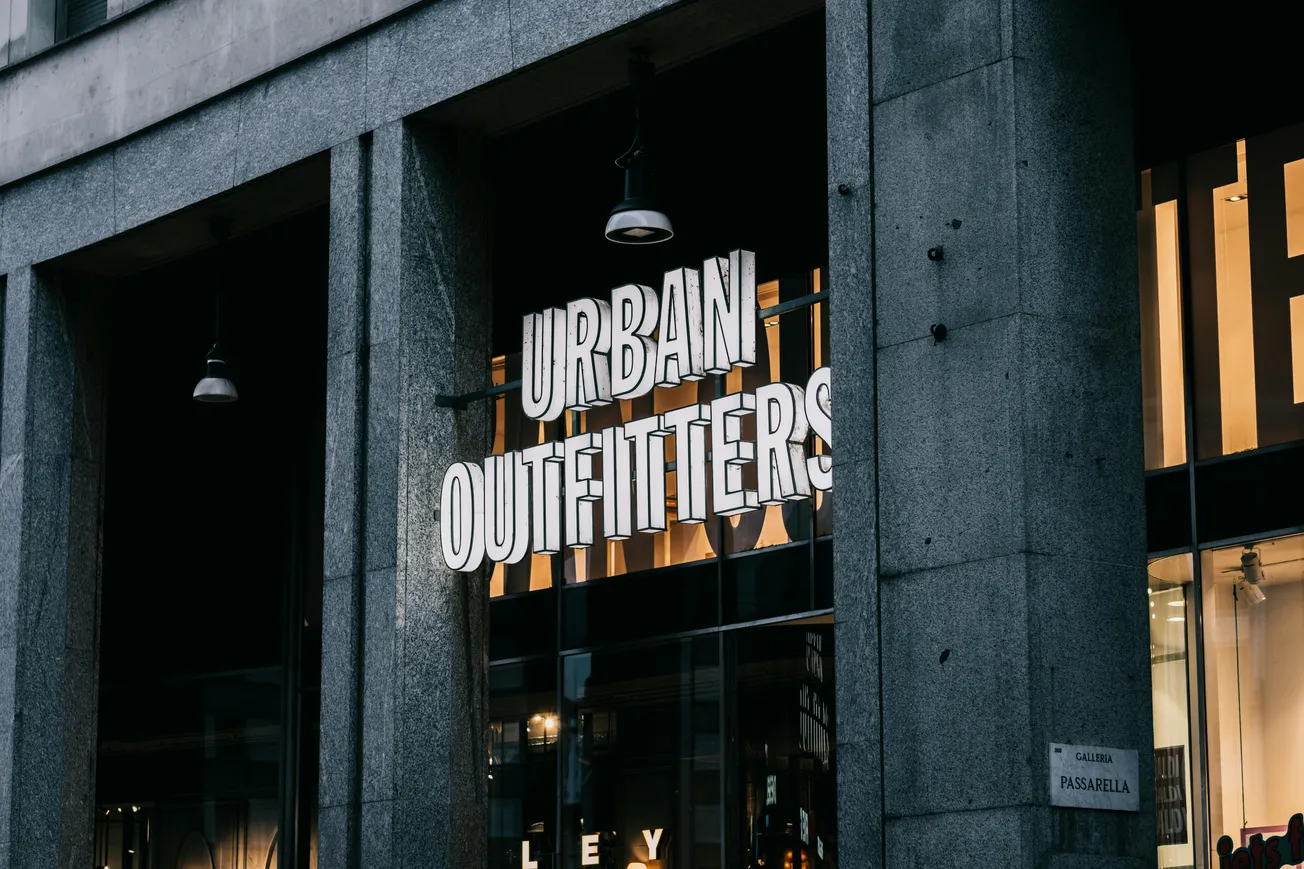By 2026, artificial intelligence will be deeply embedded in grocery operations—delivering faster checkouts, smarter stocking, and highly personalized offers. What’s emerging now will be expected, seamless, and scaled in just two years.
Current adoption trends show 45% of grocery chains already using AI for inventory management and 55% implementing AI-powered checkout systems. That momentum is set to surge, fueled by grocers' need to reduce shrink, control costs, and retain increasingly digital-first shoppers.
What Grocery Will Look Like in 2026
1. Frictionless Shopping with Computer Vision
Smart carts and camera-equipped stores will allow shoppers to grab items and leave—no checkout required. This tech, pioneered by Amazon and piloted by others like Kroger and Albertsons, will be mainstream in major metro markets.
2. AI-Powered Inventory Precision
By 2026, predictive analytics will dominate stock decisions. Algorithms will forecast demand down to the neighborhood level, reducing overstock and spoilage, especially in fresh categories.
3. Shrink Reduction Through AI Monitoring
AI will track expiration dates, detect pricing errors, and predict theft patterns. Expect widespread adoption of automated markdown systems and digital shrink dashboards.
4. Hyper-Personalized Promotions
With the rise of retail media networks and first-party data, promotions will be tailored in real time—based on cart contents, location, and even time of day.
5. AI Factories Inside Grocery Giants
Companies like Kroger (via 84.51°) are already building “AI factories” to scale models safely and consistently. By 2026, this internal AI infrastructure will be the norm for top-tier grocers.
But challenges will persist: integrating legacy systems, maintaining clean data, earning frontline trust, and protecting shopper privacy. Grocery’s AI future is just around the corner, and it’s going to be smarter, faster, and a lot more personal.


